Desert Hearts is thought to be the first lesbian feature picture to be shown in a lot of theatres in the U.S. Based on Jane Rule’s 1964 novel Desert of the Heart, it was the first movie to show lesbian love in a happy, sensuous way without any tragedy. This indie film, directed by Donna Deitch on a very little budget, became a landmark that inspired later works like The L Word.
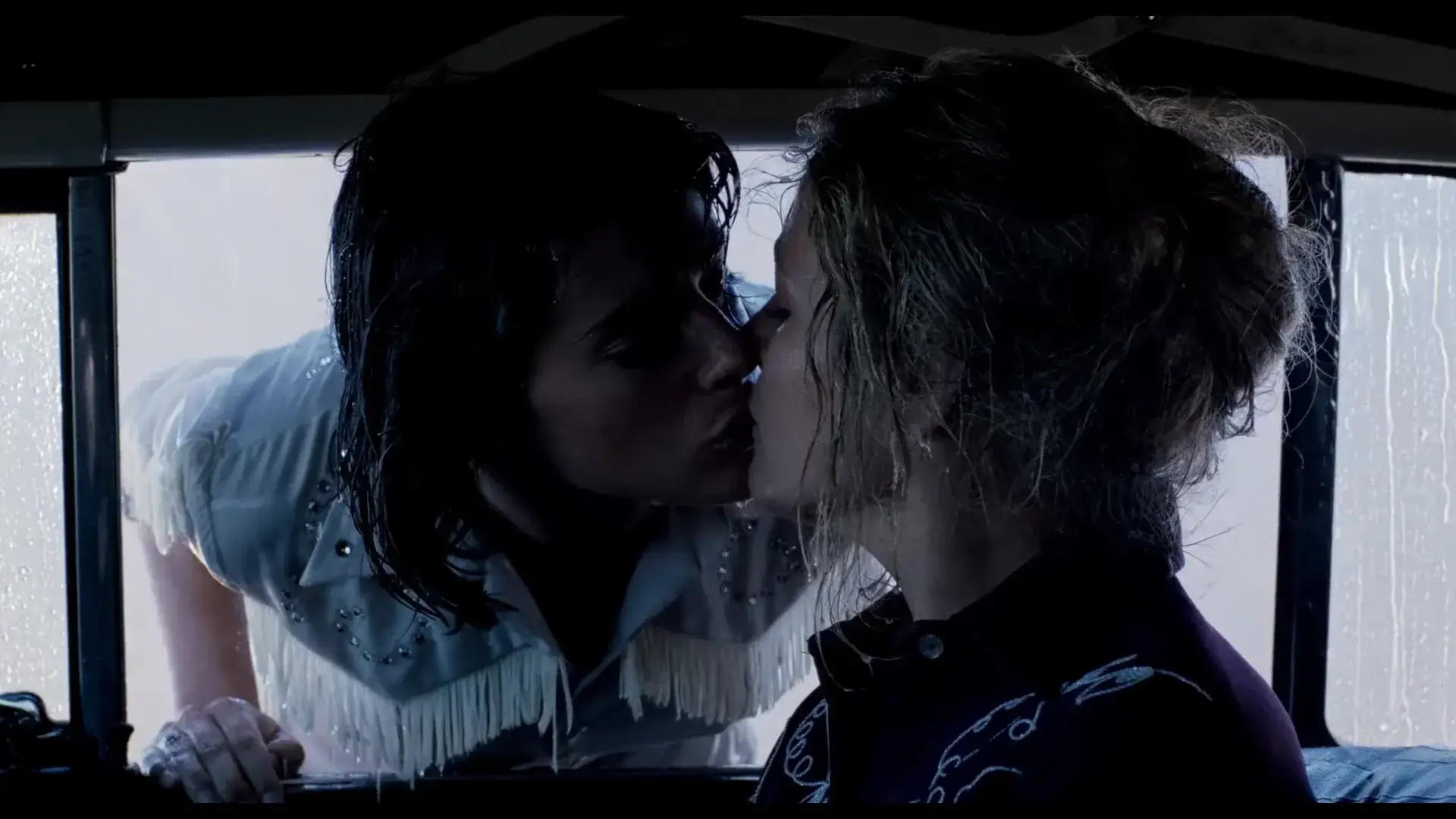
In the late 1950s, when divorce was illegal in many U.S. states, Vivian Bell (Helen Shaver), a 35-year-old English professor from New York, travels to Reno, Nevada to secure her freedom. Staying at a local ranch while awaiting the legal process, she meets Cay Rivvers (Patricia Charbonneau), the free-spirited, openly lesbian stepdaughter of the ranch owner.
Vivian is reserved and cautious, unsure if she can embrace a relationship with another woman. Cay, ten years younger and working in a casino, knows immediately that Vivian is the one she has been waiting for. Their connection deepens until, in a rain-soaked kiss and later a tender love scene, they surrender to their feelings—transforming both of their lives forever.
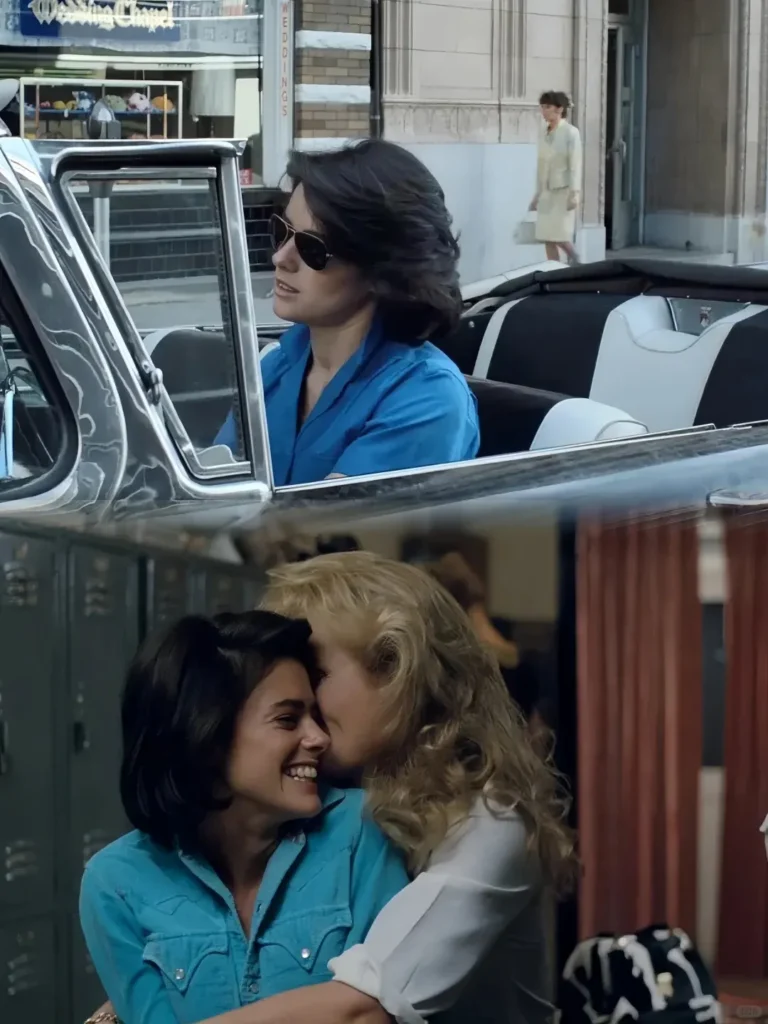

A Columbia University English professor seeking divorce and a new beginning. Reserved, intellectual, and cautious, she represents the clash between social convention and personal desire.
Helen Shaver
Helen Shaver, a Canadian actress later known for roles in The Color of Money and The Craft, gives Vivian quiet dignity and emotional depth.
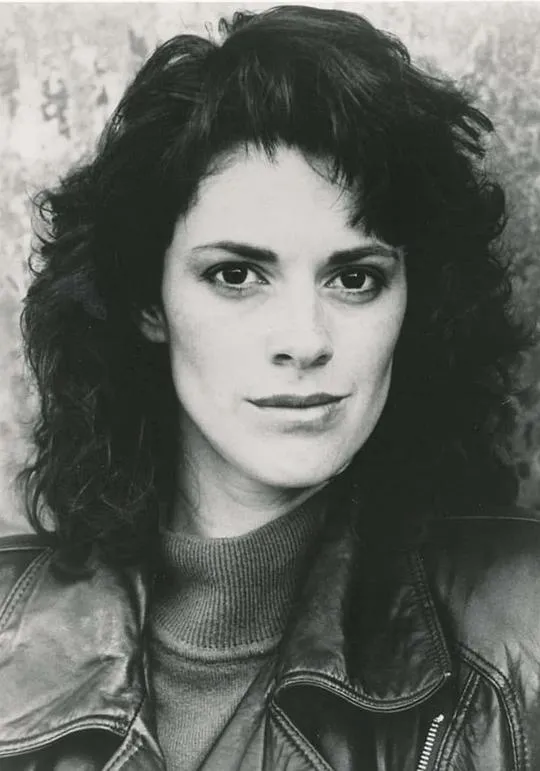
A 25-year-old casino worker, fearless about her sexuality and brimming with charm. Cay’s openness and vitality draw Vivian out of her shell.
Patricia Charbonneau
Patricia Charbonneau made her film debut here, and her performance remains legendary. Her chemistry with Helen Shaver and her boldness in taking on such a taboo role made her an instant queer icon.
Director

Donna Deitch
Donna Deitch fought to make this film at a time when lesbian love stories were seen as commercial suicide. She spent four years fundraising, ultimately selling her own house to finish production. Desert Hearts was her feature debut, and it remains a landmark of LGBTQ+ cinema, celebrated for its honesty and courage.
BEST SCENES
📍 The rain-soaked kiss that releases months of tension, followed by the tender love scene—groundbreaking in 1985 and still among the most sensual depictions of lesbian intimacy on screen.
Desert Hearts Review
Review

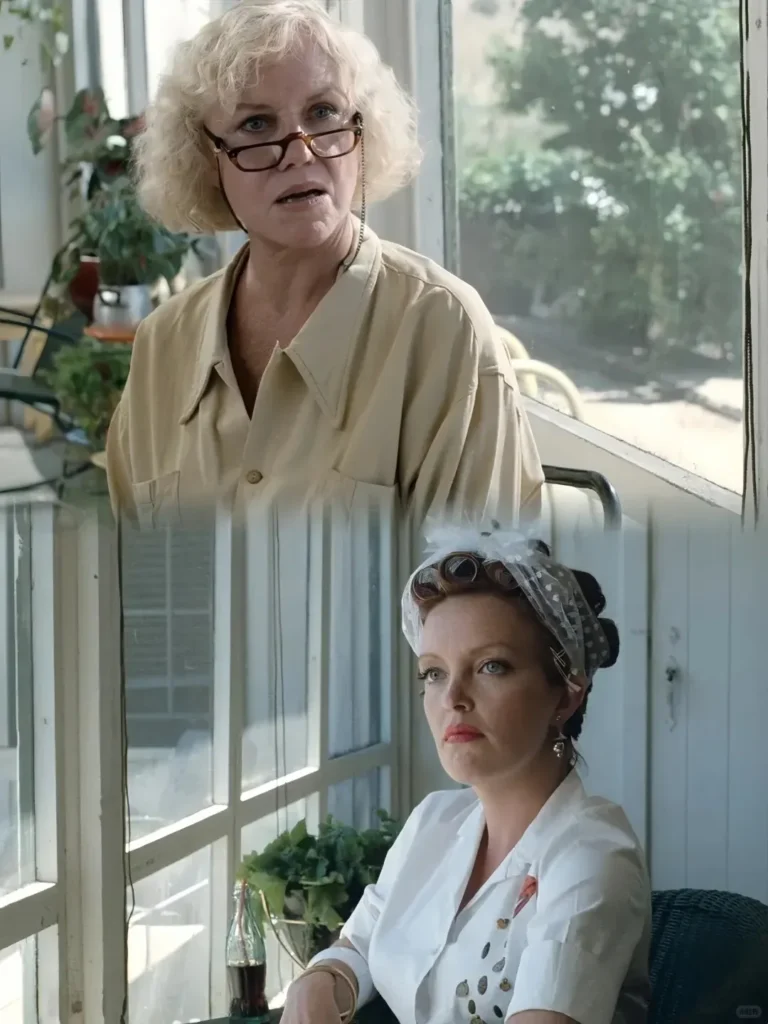
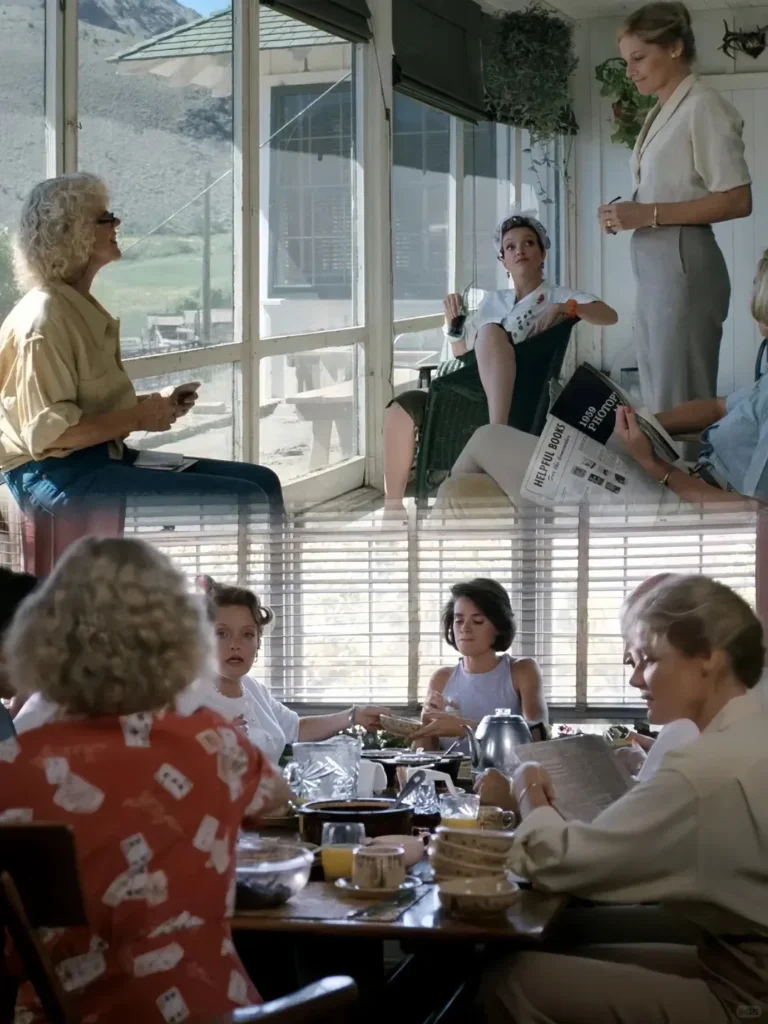
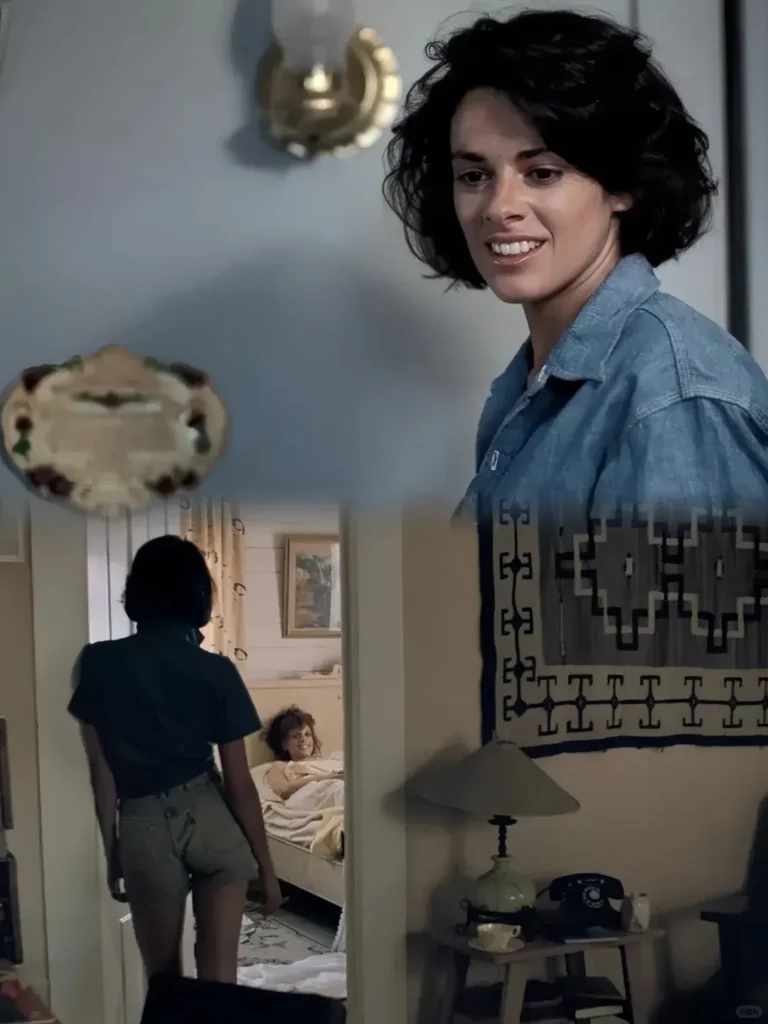
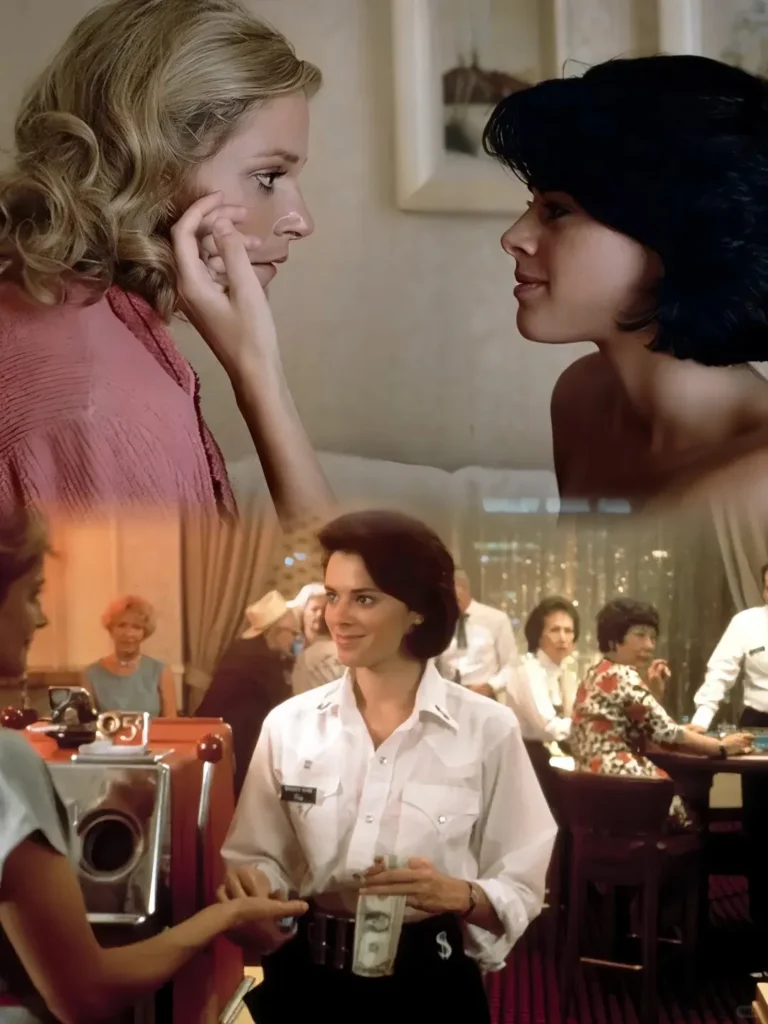
Story
The plot is deceptively simple, but that’s part of its power. Rather than tragedy or repression, Desert Hearts delivers a romance that feels inevitable—like a desert storm you can’t avoid. Love comes as both temptation and salvation, and for 1985, a lesbian film with a happy, hopeful ending was revolutionary.
Acting
Helen Shaver gives Vivian a layered performance: dignified, hesitant, yet gradually thawed by Cay’s warmth. Patricia Charbonneau, in her debut role at just 26, is unforgettable—her vitality, beauty, and sensuality light up the screen. Their pairing is so natural it’s hard to believe it was filmed in an era when most actresses refused such roles.
Chemistry
The attraction between Shaver and Charbonneau feels electric yet organic. The famous love scene—sensual but never exploitative—remains a classic of lesbian cinema, studied years later by The L Word’s production team. Their chemistry makes the love story not only believable but iconic.
Production
Donna Deitch financed the project by selling her home, raising $1.5 million to bring Jane Rule’s novel to life. Her direction captures both the sweeping Nevada landscapes and the intimacy of stolen glances and quiet touches. The film radiates sunlight, openness, and humor, breaking away from the shadows that had long surrounded queer cinema.
Ending
Unlike earlier films that punished lesbian characters, Desert Hearts dares to imagine hope. The final train station scene doesn’t promise a fairy-tale ending but gives viewers something just as radical for its time: the sense that these women could walk forward together, changed and empowered by love.
💬 My Take
I wouldn’t call Desert Hearts subtle—the story unfolds with a kind of inevitability, like water carving through stone. But that’s what makes it moving. Watching Vivian’s defenses crumble under Cay’s gaze, or seeing Cay wait with unwavering patience, felt honest and deeply romantic. For me, it’s like a “female Brokeback Mountain,” only filmed two decades earlier, and somehow more optimistic.
Novel vs. Film: Desert of the Heart vs. Desert Hearts
Jane Rule’s novel Desert of the Heart (1964) was groundbreaking in literature, just as Donna Deitch’s film adaptation Desert Hearts (1985) became iconic in cinema. Yet the two works differ in tone, focus, and outcome.
Tone & Style
Novel: More introspective and psychological, exploring the inner struggles of women finding themselves in a repressive era. It’s slower, philosophical, and rooted in Jane Rule’s literary voice.
Film: Lighter in tone, with humor, sunlight, and sensuality. Deitch intentionally avoided making it grim, choosing instead to show lesbian love as joyful and natural.
Vivian’s Journey
Novel: Vivian is even more hesitant, battling guilt and self-doubt at every turn. Her intellectual side dominates, and the romance is more cerebral.
Film: Helen Shaver’s Vivian still struggles, but the arc is more about thawing and surrendering to Cay’s vitality. The visual medium makes her transformation more immediate and romantic.
Cay’s Character
Novel: Cay is freer but also more conflicted about her role in Vivian’s awakening. The novel allows more space for her vulnerabilities.
Film: Patricia Charbonneau plays Cay as a bold, charismatic force of nature—she embodies freedom and pulls Vivian into her orbit with irresistible energy.
Ending
Novel: More open-ended, leaving uncertainty about the couple’s long-term future. It emphasizes realism over fantasy.
Film: Still realistic, but more hopeful. The final train station scene offers optimism without promising “happily ever after,” which in 1985 felt radical.
Cultural Impact
Novel: One of the first mainstream books to portray lesbian love with honesty, but remained within the literary sphere.
Film: By bringing the story to theaters with sensuality and light, Desert Hearts reached a wider audience and became a visual blueprint for lesbian romance on screen.
💡 Why it matters: The novel planted the seed of representation in the 1960s, but the film made it bloom for mainstream audiences. Together, they show how lesbian love stories can evolve—first in words, then in images—toward hope, authenticity, and joy.
Desert Hearts Information
🏆 Awards & Recognition
Selected for the Sundance Film Festival (1986), where it earned critical acclaim.
Widely hailed as the first mainstream lesbian romance film with a positive ending.
Continues to be cited as a landmark in queer cinema history, influencing later filmmakers and TV series such as The L Word.
